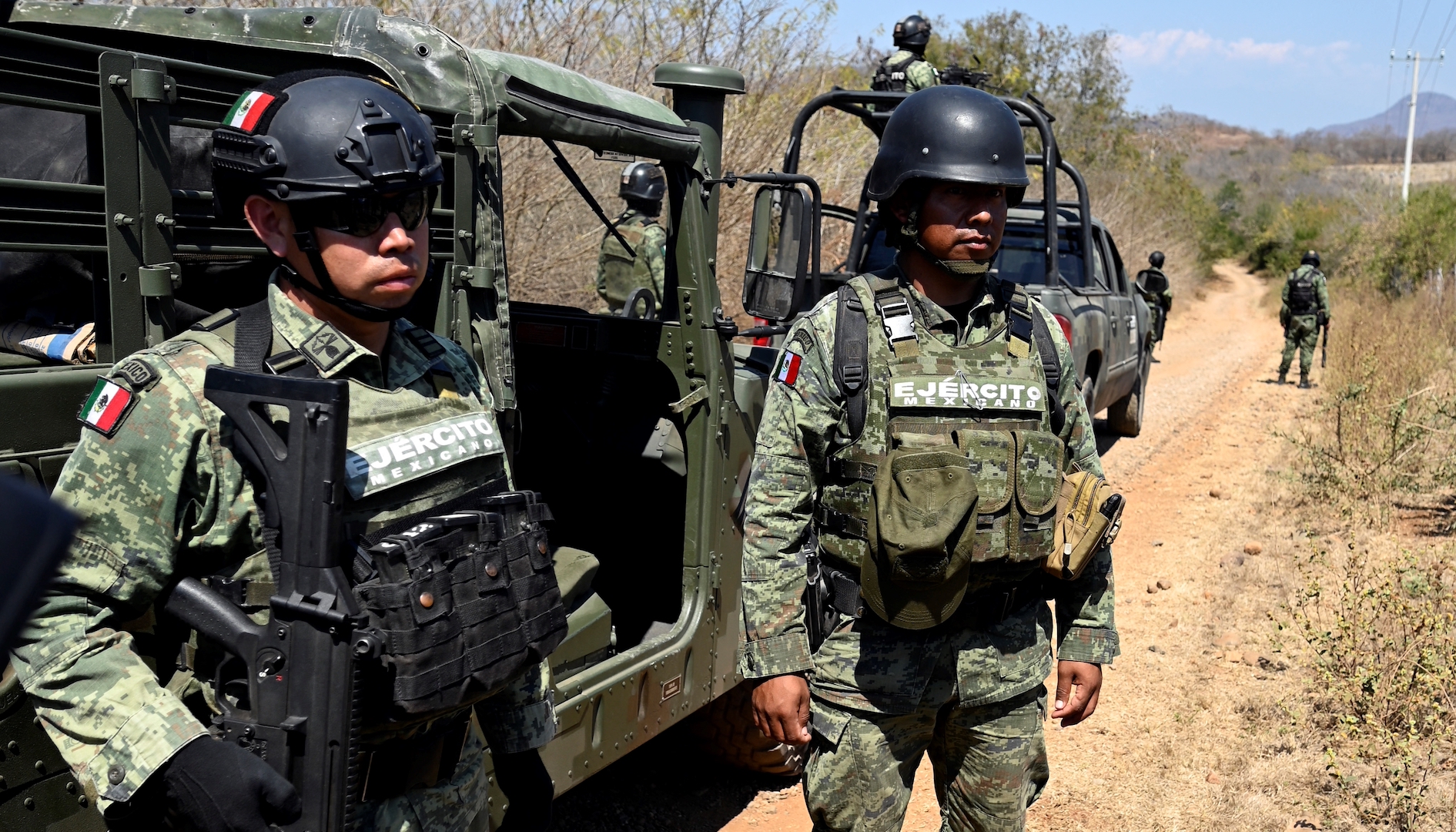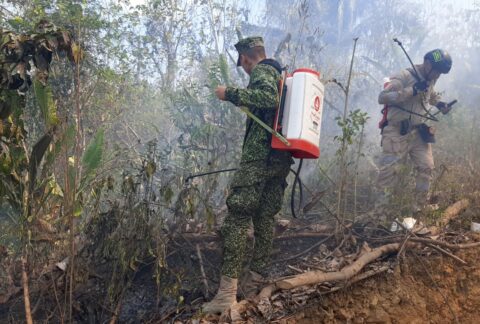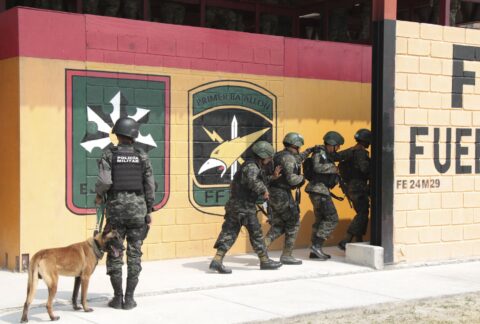The Jalisco New Generation Cartel (CJNG), which is leaving a trail of violence in Mexico, is quietly expanding its criminal network in Guatemala, InSight Crime, an organization that studies organized crime in Latin America and the Caribbean, said in a May 18 report. The investigation, initiated two years prior, confirms the claims of the U.S. Treasury Department and the Guatemalan Public Ministry (MP).
In December, the Guatemalan MP detected a criminal network rooted in the departments of Escuintla, Sacatepéquez, Guatemala, Petén, Retalhuleu, and Alta Verapaz, which coordinated the reception of aircraft loaded with cocaine, in collaboration with members of the CJNG.
On March 18, the U.S. Treasury Department warned that the Los Huistas narcotrafficking group, operating from the Guatemala-Mexico border in the Guatemalan department of Huehuetenango, trafficked cocaine, methamphetamine, and heroin to the United States from their base in northern Guatemala, using Mexican organizations such as the CJNG.

Dr. José Andrés Reyes Valenzuela, a Guatemalan academic at the Da Vinci University in Guatemala City and a criminologist, told Diálogo that Mexican cartels do not operate with their own cells on Guatemalan territory, adding that Guatemala is moving from being a transit country to a producer, with drug manufacturing laboratories on its territory.
“The modus operandi of this structure is to locate clandestine airstrips to use them to land drug-laden aircraft, and to coordinate their unloading and transfer,” the MP report states. “Likewise, to coordinate people to stop the public security forces, preventing them from reaching the place where the crime is committed or where aircraft land. In addition, it was determined that they threaten and plan attacks against people who may share information about them to the authorities.”
A report from the International Center for Research and Analysis against Maritime Drug Trafficking, based in Colombia, also determined that the CJNG, together with the Sinaloa Cartel, controlled territories in rural and border areas of Guatemala and Mexico to transfer cocaine shipments bound for the United States, Mexican newspaper Vanguardia reported.
According to Mexico’s daily El Universal, the CJNG establishes partnerships with drug networks in Guatemala, operating on the Pacific coast and the western border with Mexico, to receive cocaine shipments from Colombia and Venezuela. The strategy is to avoid having a fixed structure in Guatemala.
“This translates into more people involved in this scourge and also means more violence to monopolize territory, which is reflected in the homicide and murder rates in the country,” Reyes said. “Now there is no permanent cell [of Mexican cartels], but links with Guatemalan narcotrafficking clans […]; half of the routes narcotrafficking uses go through Izabal, while three pass through Petén, Alta Verapaz, Zacapa, Escuintla, Suchitepéquez, Retalhuleu, Quetzaltenango, and San Marcos.”
Misael Rivas Soriano, a Salvadoran academic at the Nueva San Salvador University and a security analyst, toldDiálogo that when it comes to territorial corridors, as in the case of Guatemala, it is unlikely that the Mexican cartels negotiate directly with the cartels in Colombia. Hence the alliances with local groups.
“To make direct contacts between the cartels in Colombia you need to have bases, and to function in that scheme it is necessary for them to use the sea and for the sea to be only a port of embarkation,” said Rivas. “But when they are territorial corridors, they need the countries to agree. And here, it’s a pretty big logistics to be able to connect.”
On June 2, the U.S. Treasury Department sanctioned six individuals for their collaboration with the CJNG. The penalties include blocking all of their assets in the United States.
“Violence and corruption have been critical to CJNG’s growth in the past decade,” Under Secretary of the Treasury for Terrorism and Financial Intelligence Brian E. Nelson told the press. “Support networks help CJNG’s fugitive leaders remain in hiding and evade justice. Treasury will continue working with U.S. partners and the Mexican government to target the violence, corruption, and facilitation that undergird CJNG’s power.”









